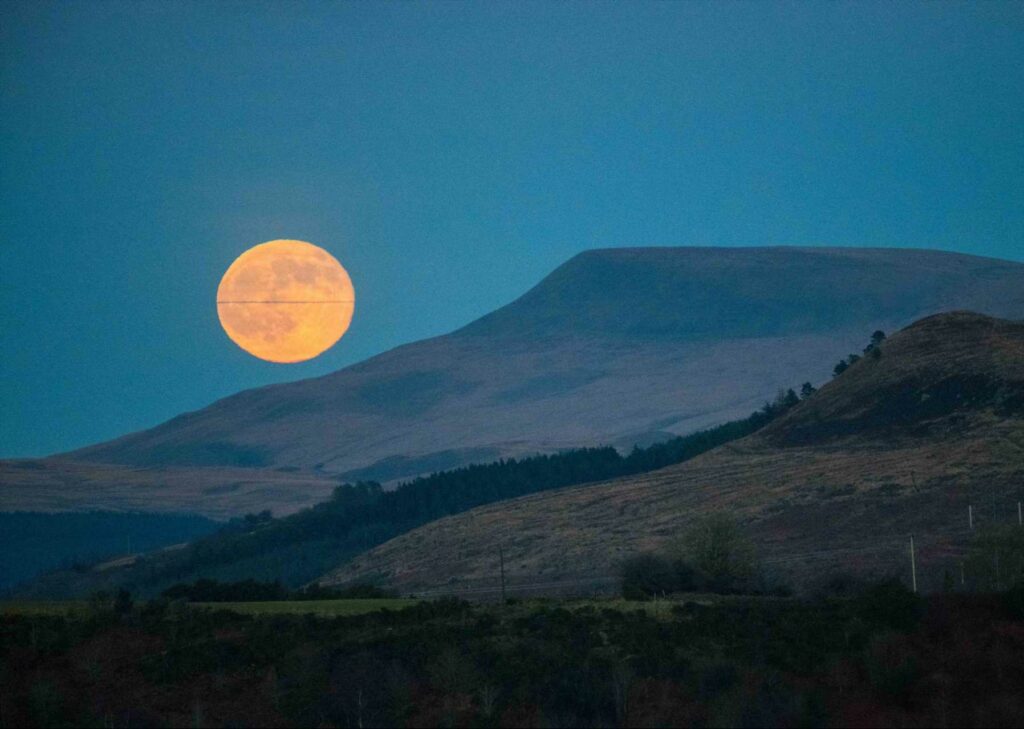Winter solstice 2023: When is the shortest day of the year? – The Sun | The Sun

THE start of the winter season is marked by the winter solstice, the shortest day of the year.
The date of the solstice changes every year, with 2023's event taking place just days before Christmas.
When is the shortest day of the year in 2023?
The shortest day of 2023 will be Friday, December 22.
This day is known as the winter solstice, marking the day of the year with the fewest sunlight hours.
The winter solstice marks the point when one of the Earth's poles has its maximum tilt away from the sun.
The word solstice, in Latin, literally means that the sun is standing still.
When will the sun rise and set on the winter solstice?
The sunset is estimated to set at approximately 15:54 on December 22.
In 2022, the sunrise across the UK happened at 8.04am on Wednesday, December 21.
It then set at 3.53pm, meaning there were less than eight hours of daylight.
Luckily, after the winter solstice the number of daylight hours will increase daily.
If you find yourself struggling with the lack of daylight hours in the winter, experts have shared their top tips for getting through.
Their advice for keeping your immune system strong at this time includes exercising, mindfulness and staying hydrated.
What's the difference between a solstice and an equinox?
There is a big difference between an equinox and a solstice, though they both relate to a similar topic.
While a solstice represents either a longest or shortest day, the equinox falls on the days where day and night are the same length.
This happens twice a year, midway between the summer and winter solstices.
These are referred to as the spring and autumn equinoxes, marking the start of the seasons in the astrological calendar.
In 2023, the autumn equinox landed Saturday, September 23.
The word equinox comes from the Latin aequinoctium meaning equal night.
Is the solstice on the same day every year?
The winter solstice always falls between December 19 and 22 but the exact date changes year to year.
Most years it falls on the 21st in the UK but this isn't always the case.
The date of the solstice varies each year because of the difference between how the Gregorian calendar defines a year as 365 days and the time it actually takes for earth to complete its orbit around the sun.
This is about 365.25 days, which is the reason for the addition of an extra day every four years, also known as a leap year.
It is for this same reason that equinoxes are not always on the same day every year.
Is December 22 the summer solstice in the southern hemisphere?
December 22 will mark the winter solstice in the UK, but it's the summer solstice if you head beneath the equator.
In the southern hemisphere, the seasons are flipped compared to ours.
That means December, January, and February are the height of summer in countries like Australia, New Zealand, and South Africa.
The winter solstice falls in the middle of their summer, while the June solstice is their winter.
Source: Read Full Article
